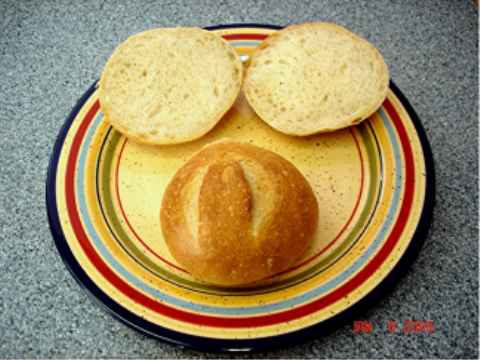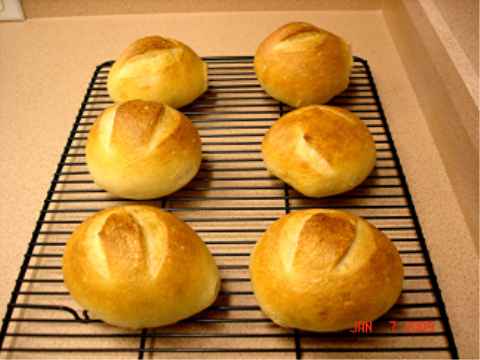Flour MillS
I have been considering buying a flour mill does anybody have any suggestions on which on is the best to buy for a home baker? I don't have too much money to spend.
- Log in or register to post comments
- 4 comments
- View post
- Anonymous's Blog

